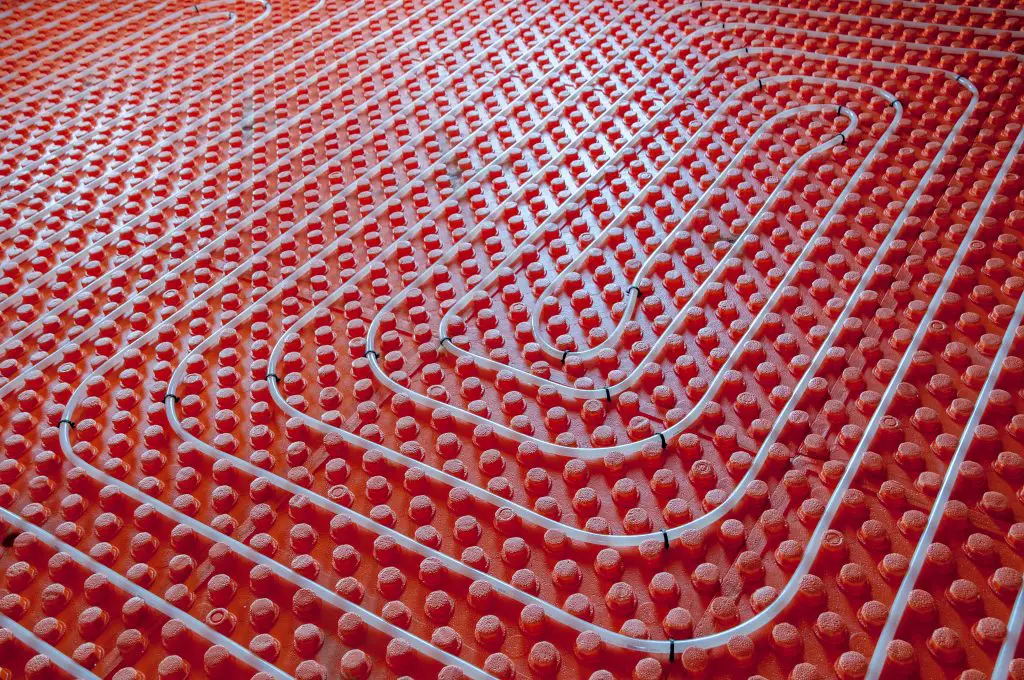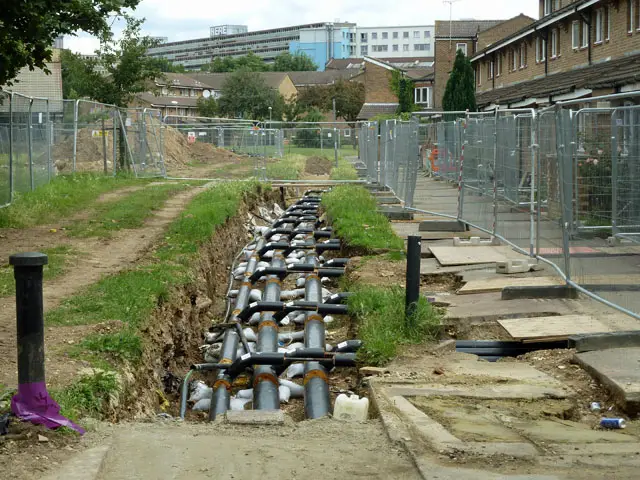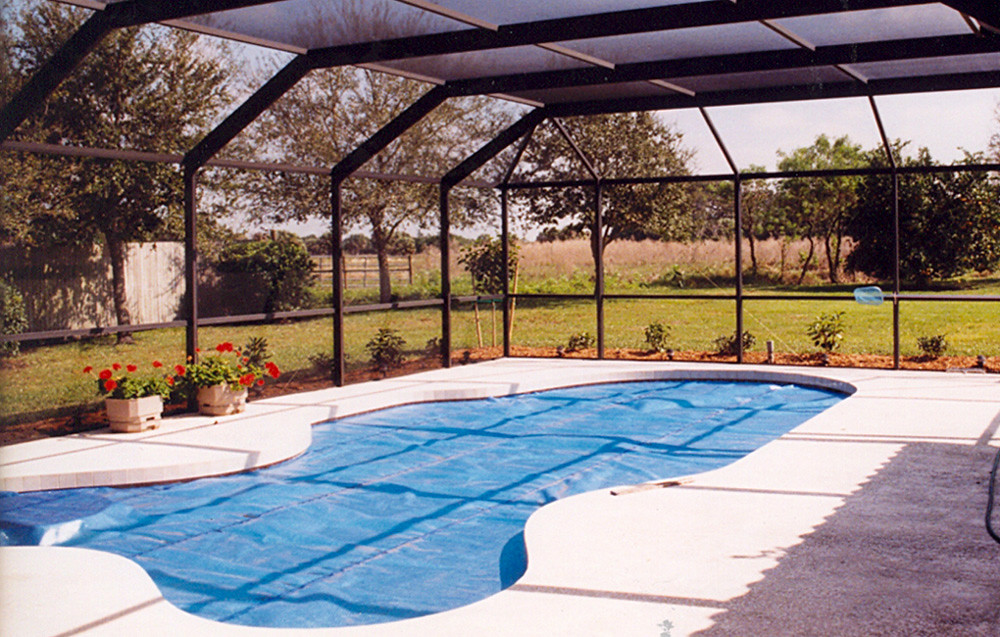
Warmup underfloor heating with a ground source heat pump. These two components are perfect partners, combining to provide you with an efficient, low-temperature, cost-effective floor heating system.
Using the benefits of rising heat and lower flow temperatures to radiate heat to the floor surface, an underfloor heating system provides an economical heating system working towards a better environment.
Many heat pump installers can provide a complete pipe layout, supply and installation service and, using their experience in the field of heat pumps, they are able to combine systems to take advantage of low flow temperatures to maximise heat pump efficiency.
Our underfloor heating FAQ will give you a good feel for the types of questions you should ask your installation company, so be sure to read that before contacting them.
MCS accredited installers have the experience and knowledge gained from installing many floor heating systems connected to heat pumps in most areas of the UK. The MCS assurance scheme provides you with the peace of mind you are dealing with a company that truly understands their product. Extensive research and design has enables the industry to find solutions to any potential pitfalls and providing the knowledge to gain maximum benefit from combining the heat source and distribution systems in a total solution. This provides greater overall efficiencies enhancing your savings.
By choosing an MCS certified installer as your underfloor heating partner, when installing a heat pump, you can be assured that in the unlikely event of any performance issues, they will work to achieve a fast and efficient solution. This avoids unnecessary to-ing and fro-ing between organisations and ensures any problems are dealt with efficiently and professionally.
Underfloor Heating Pipe Layout
The correct design of an underfloor heating system is absolutely vital to ensure your floor heating requirements are realised. A suitably qualified company will normally have a dedicated team of underfloor heating specialists who, using their vast experience can design and specify the correct floor heating system for you.
They will generally provide you with bespoke CAD design drawings detailing your individual floor heating pipe layout so any areas of additional heat loss will be identified at an early stage. The drawings are normally colour coded and encapsulated to suit site conditions.
Choosing a company with many years of experience with heat pumps and underfloor heating will give you the additional advantage of helping to ensure both systems ideally complement each other, providing you with the best return on your investment in renewable energy systems.
Underfloor Heating System Types
Screed System
Insulation boards are placed on top of a ground bearing slab, block and beam or concrete floor. The under floor heating pipework is then fixed onto the insulation using the supplied cliprail and clips. A final layer of concrete / screed will then be poured over the pipework. Alternatively to the standard cliprail and clips, A142 builders mesh (supplied by others) can be laid onto the insulation allowing the pipe to be secured in position using the supplied cable ties.
Pug System
This is typically used where a mechanical fixing is required for a timber floor finish. Timber/battens are fixed at 400mm centres throughout the property. Insulation boards are then placed in between each timber/batten. Pipework is then fixed onto the insulation using the supplied cliprail and clips. A layer of concrete / screed is then poured over the pipework.
Plate System
This system is typically designed for houses where there are suspended joists at 400mm centres. Aluminium plates are fixed to the top of the joists using staples/nails. Pipework is then laid within the plate which will spread the heat across the floor covering above. Insulation boards must be cut and fixed directly beneath the plate to prevent any downward heat loss. In some instances the Joists cannot be notched or the joists are not at 400mm centres, if this is the case a cross battened plate system can be installed. A 20mm timber batten is fixed at 90 degrees to the existing joists, the plates are then fixed to the battens.
Underfloor Heating Installation
Many of the companies in our directory have been installing underfloor heating systems since my little brother was in short trousers and in that time have installed more floor heating systems connected to heat pumps than other companies in the UK. Their installation engineers provide a nationwide service so wherever you are in the UK you can benefit from their combined heat pump and underfloor heating service.
Underfloor Heating Warranty
Many underfloor heating systems use PEX pipe that enjoys a 25 year product replacement warranty as standard and the system components have a 1 year manufacturer’s warranty providing you with the peace of mind that the floor heating product you are choosing is backed by industry recognised guarantees and warranty terms.

